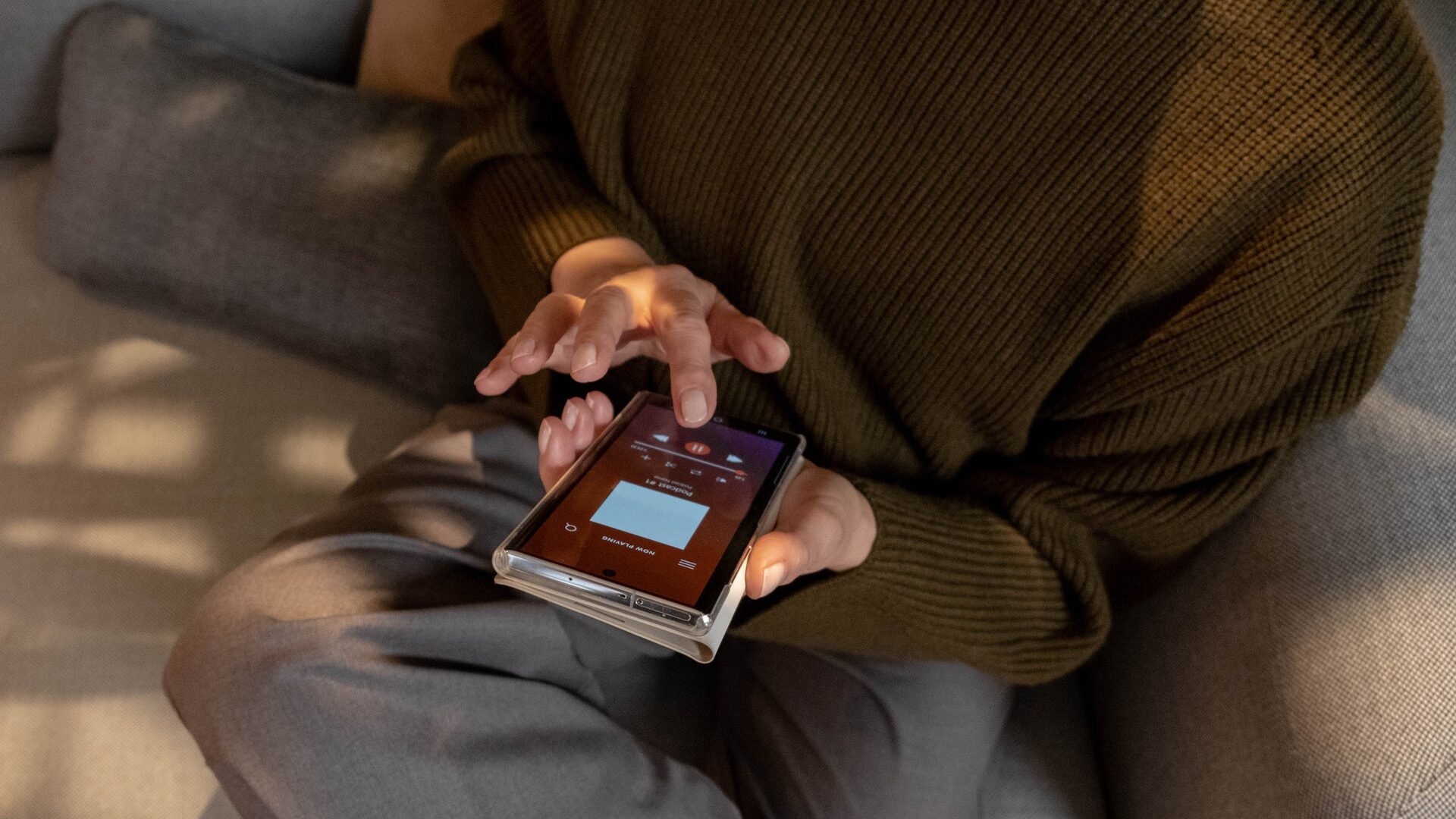Designers as Users: Switching Roles to Teach Critical Thinking in Design Education

Designers must be adept critical thinkers–skilled at overcoming their own biases in order to consider, recognize, and assess human and non-human factors that comprise contextually nuanced design problems. The need for critical thinking is especially important as designers craft interaction and service design outcomes where user needs are diverse and experiences can be heavily scripted by design decisions. Based on my own teaching, I have found that facilitating engaging learning experiences that place designers in the role of “user” have led to students asking evaluative questions that frame problems effectively.
With both early and late-career undergraduate graphic design students I am exploring the facilitation of four “engaged” approaches to teaching critical thinking. Both hands-on classroom activities and evidence-centric assignments challenge students to recognize their own assumptions by requiring them to make meaning of culturally charged concepts and to solve problems solely based on gathered evidence. These approaches have been successful in highlighting how humans make meaning in different ways and the usefulness of evidence-based approaches for accurate problem formation and solving.
In-use field research and alien culture immersion experiences require students to leave campus, removing them from their normal environments, challenging them to address how and why human agents and non-human factors impede or encourage meaningful interactions. These experiences have provided fuel for discussions and lessons that highlight the need for critical analysis of problem complexity and increase students’ awareness levels as they are forced to become “users” in foreign environments. The results of these implementations highlight how an experience-based approach to teaching critical thinking in undergraduate design programs can be an effective means for strengthening critical thinking skills and applications.